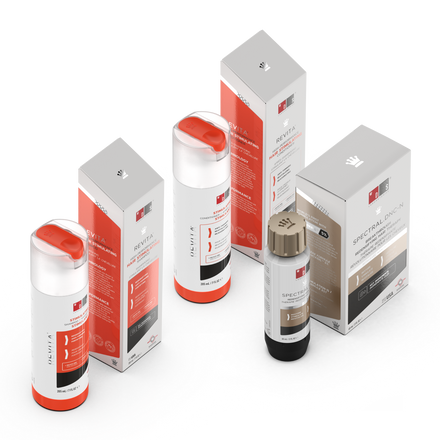“Microneedling is a process that includes the repetitive puncturing of the skin with sterilized microneedles.”
In the last decade, dermarollers have gained quite a bit of momentum as cosmetic tools within the beauty industry and microneedling has become quite the popular treatment among both skin and hair loss specialists. Estheticians, Dermatologists, and consumers alike swear by the power of this little tool to treat the skin and stimulate hair growth.
But what makes these devices so effective? Why are people seeing such an amazing result simply rolling needles across the skin? What do they do exactly? The answer is simple: these mighty tools use the body’s own regenerative qualities to promote:
- A reduction in the appearance of scarring and hyperpigmentation
- The production of collagen and elastin for a more youthful look.
- Reparative follicular activity to encourage hair growth
- Increased circulation to treated area, stimulating the body’s healing response.
… just to name a few!
Surely, this all sounds wonderful, but how much of an impact can a bit of metal and plastic really have on such complex concerns? To understand the benefits of microneedling, we must understand the significance of this treatment on the cellular level. There have been many studies since the introduction of cosmetic dermarolling that illustrate the positive effect this instrument has on the skin and in hair loss treatment regimens.










